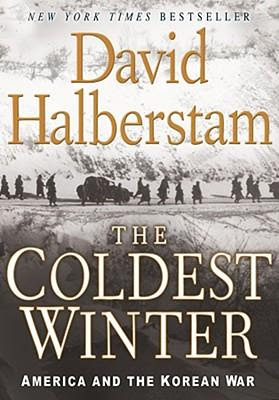Quick Read: 'Disaster at D-Day: The Germans Defeat the Allies, June 1944'

Art for the audiobook edition. (C) 1994 Greenhill Books (UK) and Stackpole Books (USA) Golden anniversaries of historical events are often a gold mine for publishers and writers alike, and 1994 - the 50th Anniversary of various famous World War II battles - was no exception. A small library's worth of new books about such engagements as the Battle for Normandy, Operation Market-Garden, and the Ardennes Counteroffensive (aka "The Battle of the Bulge") hit bookstores that year, along with re-issue editions of classics such as John Toland's The Last 100 Days, Cornelius Ryan's The Longest Day, and Charles B. MacDonald's A Time for Trumpets: The Untold Story of the Battle of the Bulge. Among the many D-Day books that were published in 1994 was the first edition of Peter G. Tsouras' Disaster at D-Day: The Germans Defeat the Allies, June 1944. Published in Great Britain by Greenhill Books and in the U.S. by Stackpole books, Disaster at D-Day is an alte...






